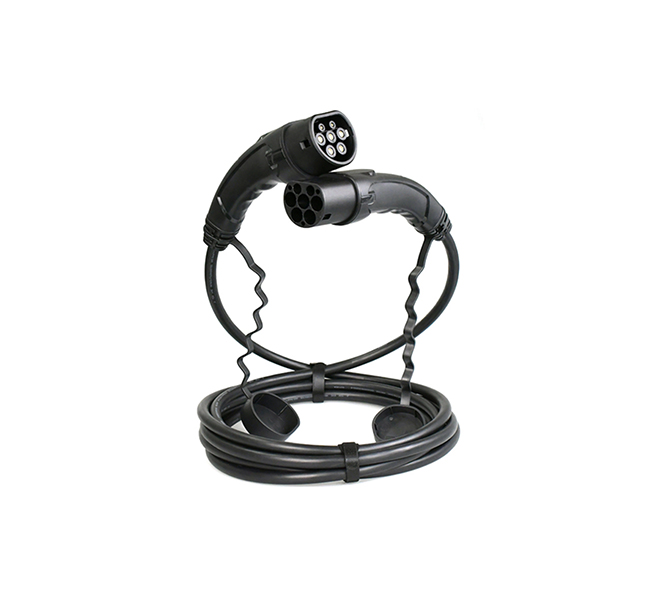Time:2025-09-10 Views:1 source:News

The acid - base tolerance test of Pogo Pins is a crucial assessment that determines their ability to withstand exposure to acidic and basic environments. Pogo Pins, widely used in various electronic devices for electrical connections, often encounter diverse chemical conditions during their operational lifespan. Understanding their acid - base tolerance is essential for ensuring reliable performance and longevity in applications where exposure to corrosive substances is possible.
The test typically begins with the selection of representative acidic and basic solutions. Common acidic solutions used in these tests include hydrochloric acid (HCl), sulfuric acid (H₂SO₄), and acetic acid (CH₃COOH), while basic solutions may consist of sodium hydroxide (NaOH), potassium hydroxide (KOH), and ammonia (NH₃) solutions. These solutions are prepared at specific concentrations to simulate real - world exposure scenarios, such as industrial environments with chemical emissions or consumer products that may come into contact with household chemicals.
During the acid - base tolerance test, Pogo Pins are immersed in the selected solutions for a predetermined period. The duration can range from several hours to days, depending on the severity of the expected exposure in the actual application. Throughout the immersion period, the pins are closely monitored for any visible signs of corrosion, such as changes in color, surface roughness, or the formation of rust or deposits. After the immersion, the Pogo Pins are carefully removed from the solutions and rinsed thoroughly with deionized water to remove any residual chemicals.
Following the rinsing process, a series of functional tests are conducted on the Pogo Pins. Electrical resistance measurements are performed to assess whether the exposure to acid or base has affected the pin's conductivity. Any significant increase in electrical resistance may indicate damage to the pin's internal structure or the degradation of its plating, which is crucial for maintaining a stable electrical connection. Additionally, mechanical tests, such as insertion and extraction force measurements, are carried out to check if the acid - base exposure has impacted the pin's mechanical properties, such as its spring force and durability.
The results of the acid - base tolerance test provide valuable insights for manufacturers and users. For manufacturers, it helps in the selection of appropriate materials and surface treatments for Pogo Pins. For example, if a particular pin fails the acid - base test, the manufacturer may consider using more corrosion - resistant materials for the pin body or enhancing the plating process with materials like gold or palladium, which offer better resistance to acidic and basic substances. For users, the test results assist in determining the suitability of Pogo Pins for specific applications. In industries such as chemical processing, automotive manufacturing, or food and beverage production, where exposure to acids and bases is common, only Pogo Pins that pass rigorous acid - base tolerance tests should be used to ensure the reliability and safety of the electronic devices.
Read recommendations:
Magnetic connector for high-frequency signal transmission
High quality supplier of magnetic connectors
High-Current Probes for High-Current Connection in Energy Storage Systems